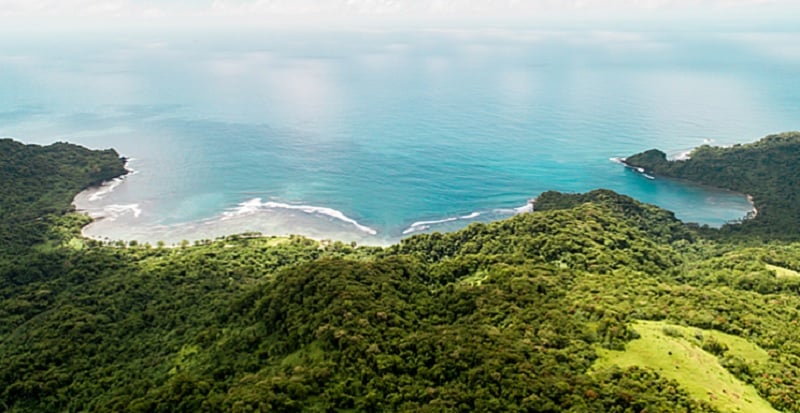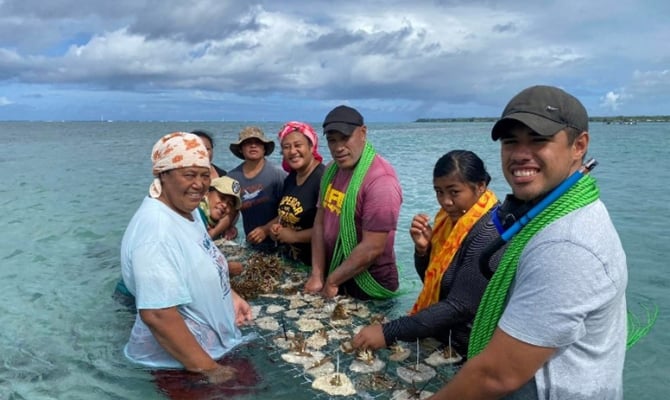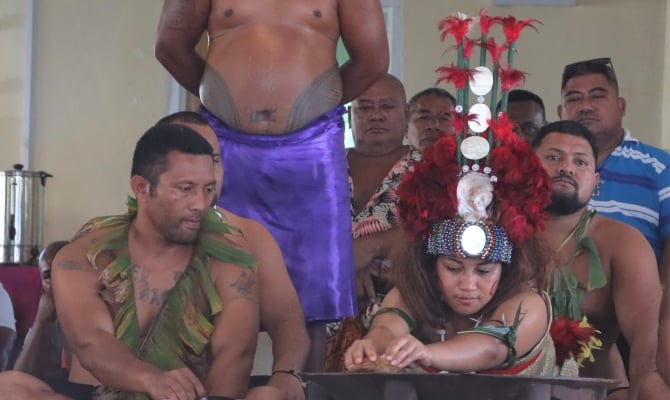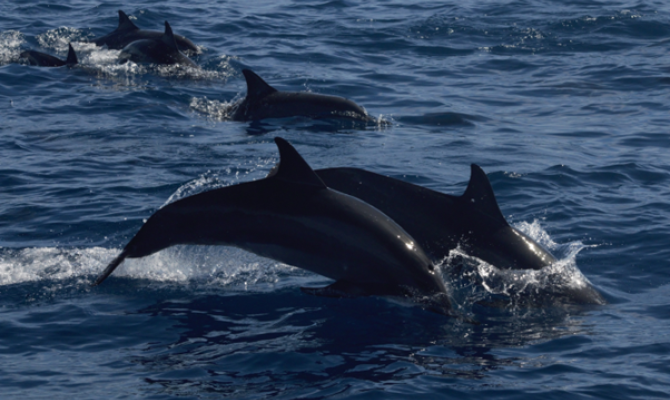The MSP will balance the demands of human activities with the need to protect the health of the ecosystems on which those activities depend
A national-level community consultation process has started in Samoa to create marine spatial planning (MSP) for Samoa under the recently launched Samoa Ocean Strategy.
The consultation is scheduled for August to October this year and will be carried out by the Ministry of Natural Resources and Environment (MNRE), the Samoa Umbrella of Non-Government Organisation, Conservation International Samoa as well as Waitt Foundation and Waitt Institute.
The four-year project is funded by the European Union Global Climate Change Alliance Plus Initiative.
According to a statement issued by the International Union for Conservation of Nature (IUCN) Oceania, the MSP is a practical way of organising the human use of marine areas to balance the demands of human activities, with the need to protect the health of the ecosystems on which these activities depend.
The MSP involves establishing zones or boundaries in which certain activities may or may not be carried out.
Phase 1 consultation aims to collect as much information as possible from community members to inform on the use and management of Samoa’s ocean spaces for the future, according to the statement.
MNRE Division of Environment and Conservation ACEO Seumalo Afele Faiilagi said that the national planning process is a relevant and essential step towards soliciting information and input on the proposed management and zonation of Samoa’s exclusive economic zone (EEZ) from community members whose lives and livelihoods depend on the ocean.
“The information from the country-wide community consultation will inform the integrated coastal and marine resource management areas and spatial marine zoning of Samoa’s Marine Spatial Plan,” Seumalo said.
The IUCN, marine Programme Coordinator, Hans Wendt highlighted the importance of the stakeholder consultations and added that MSP requires informed and meaningful consultations, conducted using gender and rights-based approaches, with traditional owners and users; other coastal and marine users, including private and commercial interests; government agencies; and civil society groups, to minimise conflicts or inadvertently disadvantaging certain groups.
According to the statement issued by the IUCN Oceania, the Regional Director of IUCN Oceania, Mason Smith gave thanks to those involved in the national level consultations to create an MSP for Samoa.
This story was produced by Marc Membrere, published at Samoa Observer on 6 September 2021, reposted via PACNEWS.
Banner: Marine Spatial Planning (M.S.P) is a practical way of organising the human use of marine areas to balance the demands of human activities with the need to protect the health of the ecosystems on which those activities depend. Photo: Samoa Observer




